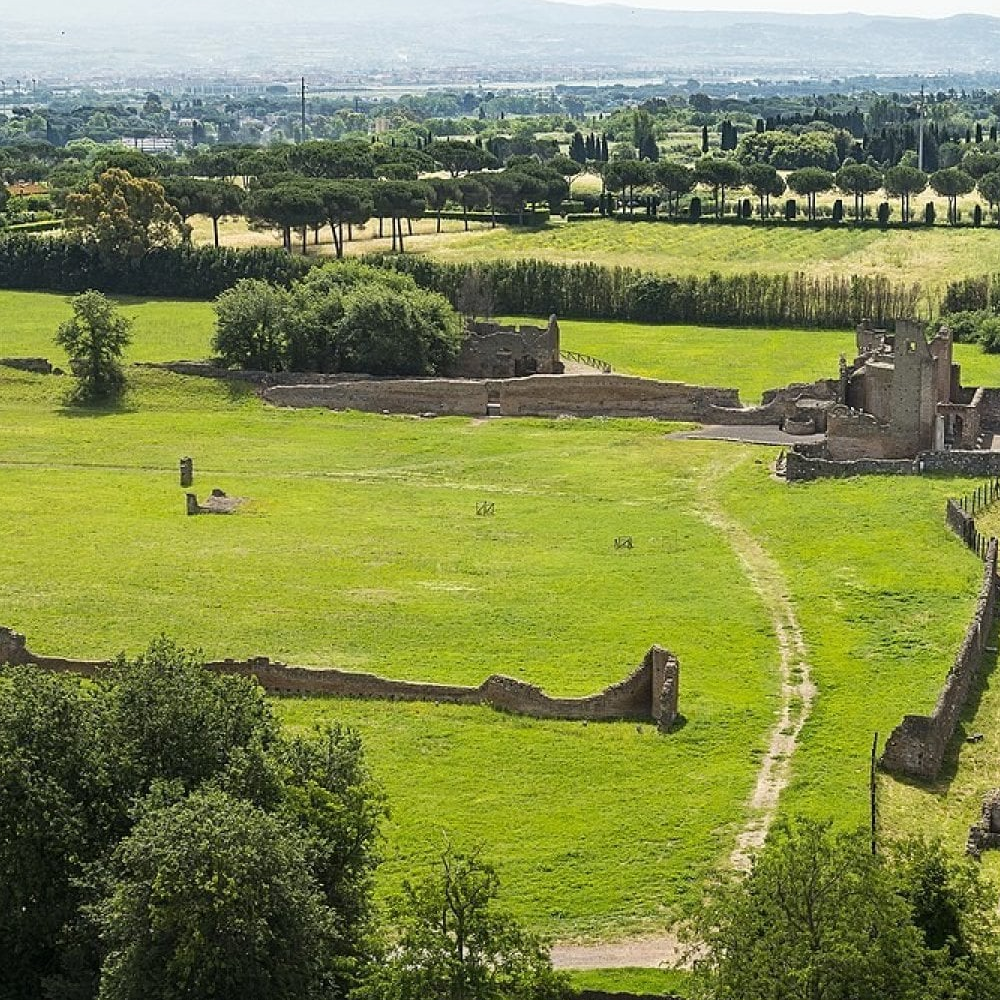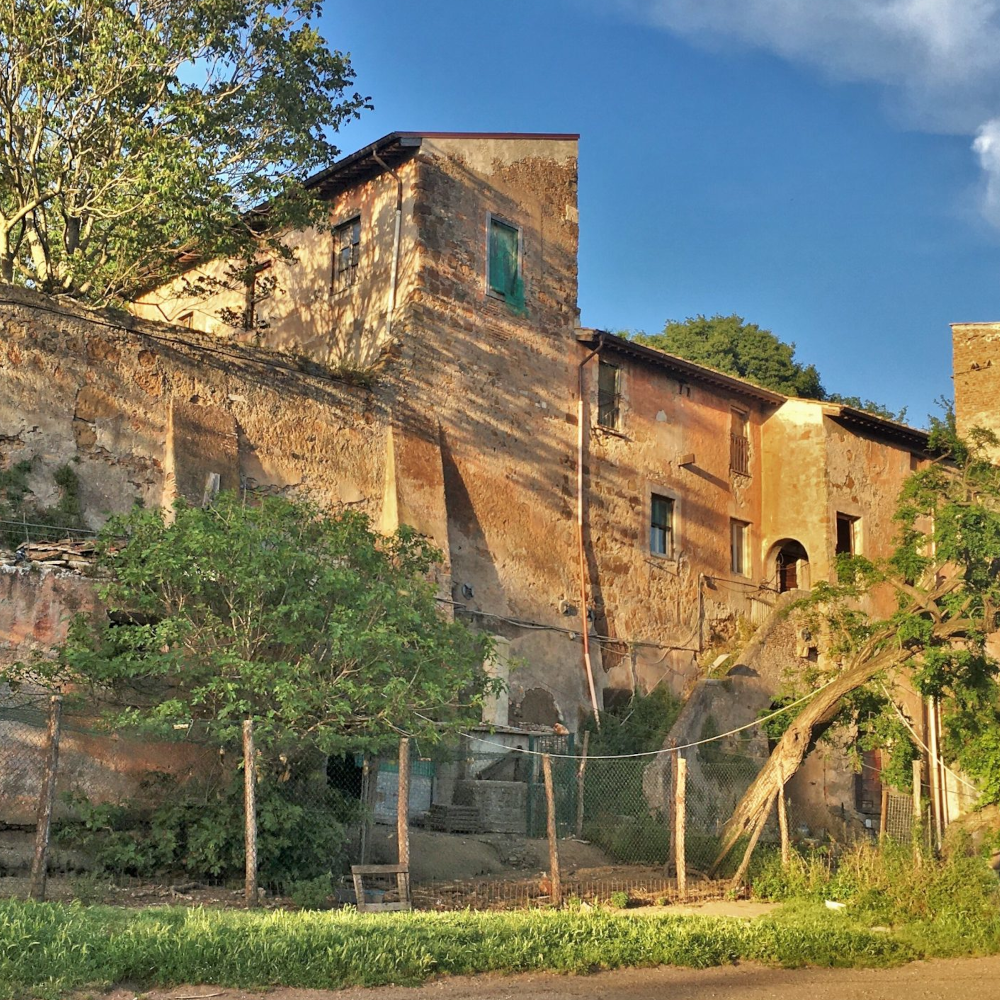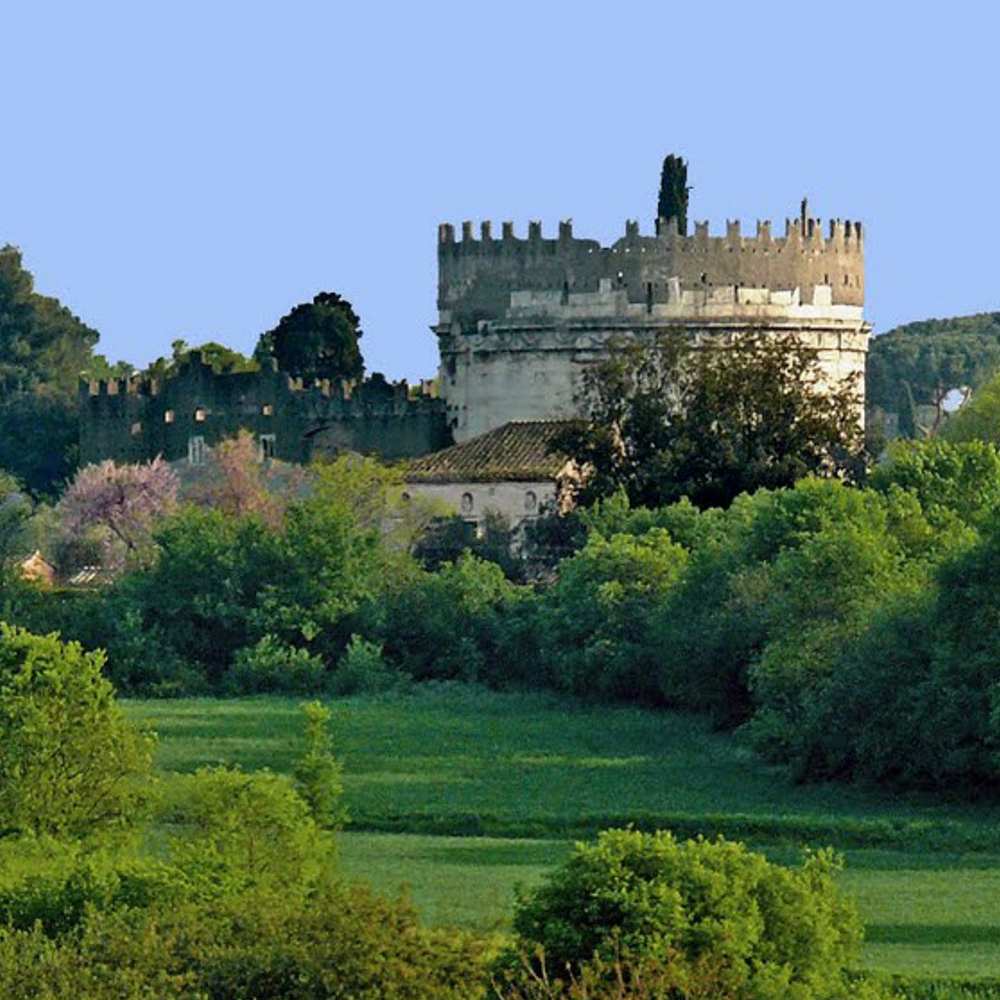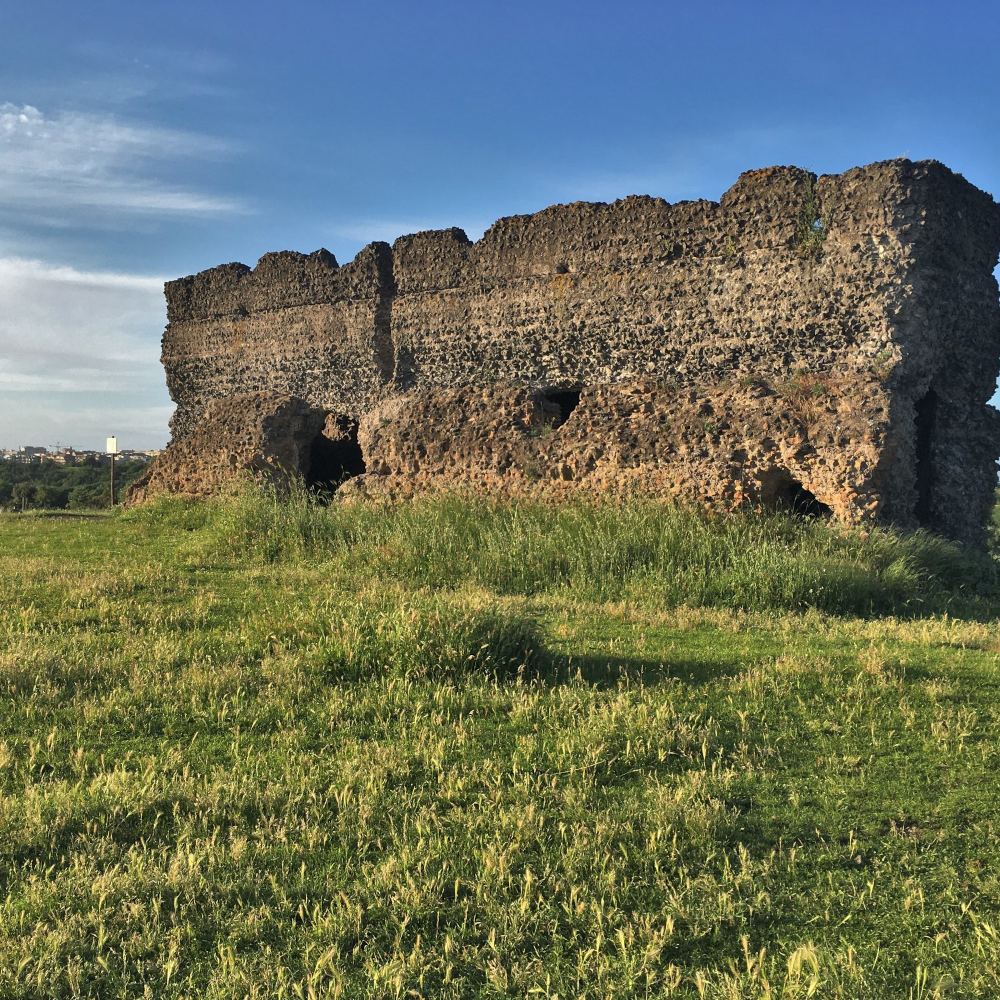Il Parco della Caffarella è un’area verde di straordinario valore storico, archeologico e naturalistico, situata nel cuore della Valle della Caffarella, lungo la via Appia Antica a Roma. Questo territorio ha origini antichissime, con tracce di insediamenti risalenti all’epoca romana e persino preistorica. Nel corso dei secoli, la valle ha mantenuto il suo legame con la natura e l’agricoltura, rappresentando ancora oggi un’importante testimonianza del passato.
The Caffarella Park is a green area of extraordinary historical, archaeological, and natural value, located in the heart of the Caffarella Valley along the Appian Way in Rome. This land has very ancient origins, with traces of settlements dating back to the Roman era and even prehistoric times. Over the centuries, the valley has preserved its connection with nature and agriculture, still representing an important testimony to the past today.







